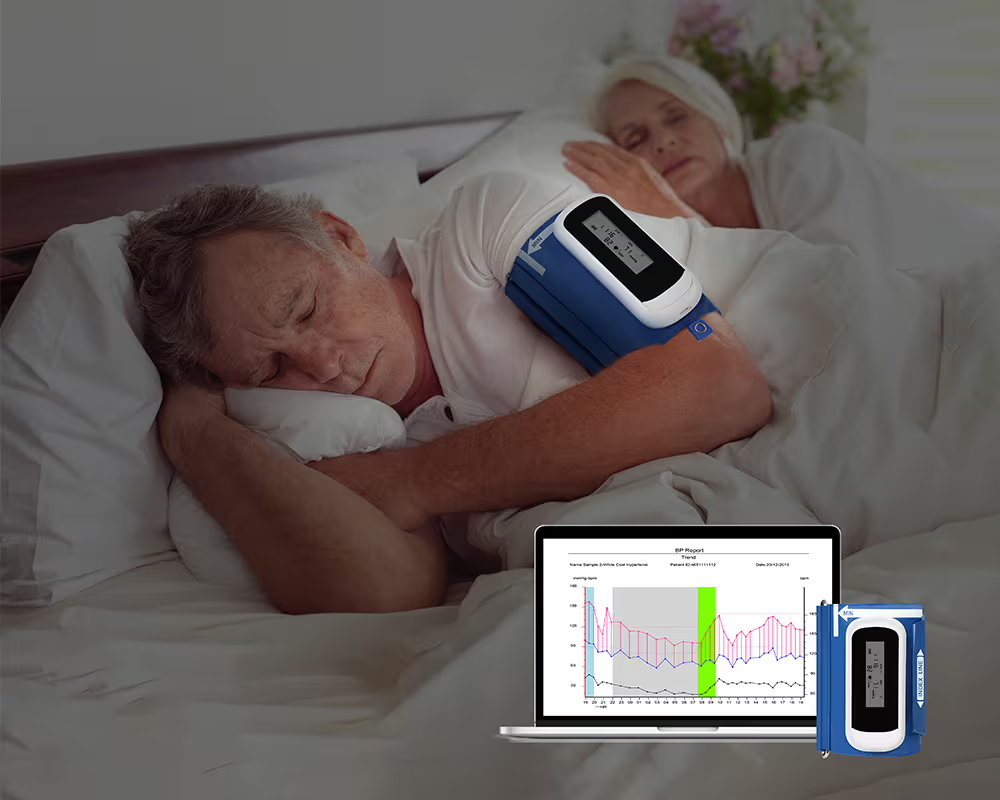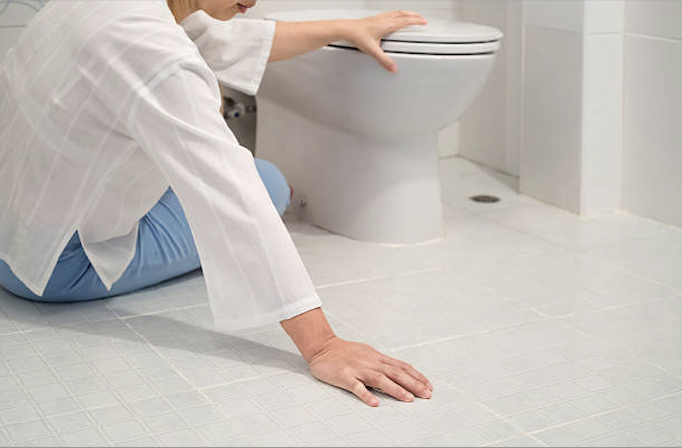How to Sleep with a 24-Hour Blood Pressure Monitor?
If you’ve been asked to wear a 24-hour blood pressure monitor, also known as an ABPM (Ambulatory Blood Pressure Monitor), you might be wondering how to get a good night’s sleep while wearing the device. It’s a common concern, but with a few simple adjustments, you can make the experience more comfortable. Here’s a guide to help you sleep better while undergoing the test.
What is an ABPM (Ambulatory Blood Pressure Monitor)?
An ABPM (Ambulatory Blood Pressure Monitor) is a device used to measure your blood pressure at regular intervals over a 24-hour period. It’s commonly used to assess blood pressure fluctuations throughout the day and night, providing valuable insights for healthcare providers. The monitor consists of a cuff that wraps around your upper arm, connected to a small digital device that records the readings.
Why Is Nighttime Monitoring Important?
One of the key reasons for using a 24-hour blood pressure monitor is to get a comprehensive understanding of your blood pressure during different activities, including sleep. Nighttime readings can reveal conditions like nocturnal hypertension, which may not be detected during daytime measurements. So while sleeping with an ABPM (Ambulatory Blood Pressure Monitor) might feel unusual at first, the data it provides is essential for accurate diagnosis and treatment.
Tips for Sleeping with a 24-Hour Blood Pressure Monitor
Choose Comfortable Clothing
Wearing loose and comfortable clothing to bed can make a big difference when sleeping with a 24-hour blood pressure monitor. Opt for short sleeves or loose-fitting pajamas that won’t interfere with the cuff or the tubing connected to the monitoring device. The goal is to minimize any added pressure or discomfort that could disrupt your sleep.
Find a Comfortable Sleeping Position
Sleeping with a cuff on your arm can be tricky, but finding the right position can help. Try to sleep on your back or on the side opposite the arm with the cuff. This will reduce the chances of the cuff getting compressed or twisted, ensuring more accurate readings and a more comfortable night’s rest.
Prepare for Nighttime Inflations
The ABPM (Ambulatory Blood Pressure Monitor) will inflate periodically, even while you’re asleep. This may feel disruptive, but try to stay calm and avoid moving too much when it inflates. It helps to mentally prepare for these interruptions so they don’t catch you off guard during the night.
Adjust the Monitor Placement
The monitoring device is typically worn around the waist, and ensuring that it’s securely fastened can help you sleep more easily. If it feels uncomfortable, ask your healthcare provider about the best way to adjust it without affecting the results. Some monitors, such as those from Hingmed, are designed to be lightweight and unobtrusive, making it easier to move around while you sleep.
Keep the Environment Calm
Creating a calming sleep environment is essential. Make sure your room is dark, quiet, and cool, as these conditions can help you fall asleep faster and stay asleep longer, even with the monitor on. Using a white noise machine or earplugs might also help block out the sound of the monitor inflating.
Relax and Try Not to Stress
Wearing an ABPM (Ambulatory Blood Pressure Monitor) can be stressful, but remember that the more relaxed you are, the more accurate your readings will be. Try practicing relaxation techniques like deep breathing or meditation before bed to help ease anxiety and promote better sleep.
Hingmed ABPM: A More Comfortable Experience
If you’re concerned about discomfort while wearing a 24-hour monitor, choosing a high-quality device like the Hingmed ABPM can make a significant difference. Hingmed devices are known for their comfort, accuracy, and ease of use, offering patients a less intrusive experience while still providing precise readings. With their lightweight design and reliable performance, Hingmed monitors are ideal for anyone undergoing a 24-hour blood pressure test.
Conclusion
Sleeping with a 24-hour blood pressure monitor might feel challenging, but with the right mindset and preparation, you can rest more comfortably. Wearing an ABPM (Ambulatory Blood Pressure Monitor) like those from Hingmed ensures you get accurate, valuable data that can help your healthcare provider assess your blood pressure and recommend the best treatment plan. By following these tips, you’ll be able to minimize disruptions and get the most out of your test.
Keep an eye for more news & updates on VerifiedZine!






